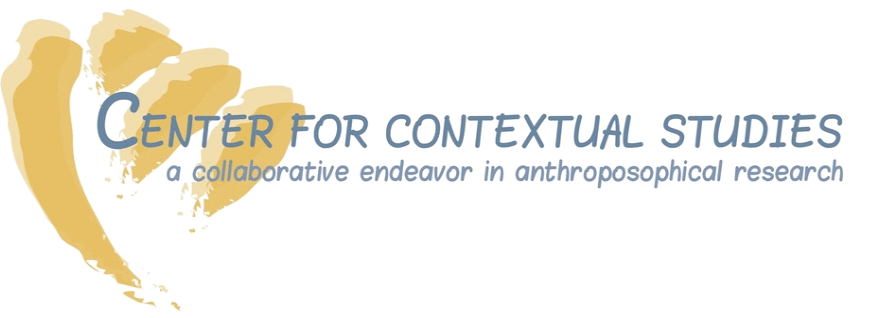During the last two months I have had the opportunity to visit a number of schools and work with teachers in conferences on the west coast and in the southeast. All the encounters have had a common theme: How can we meet the challenges coming towards us?
The surroundings in which children grow up today have changed drastically over the course of recent years. Schools haven't. We are working with forms and practices colored by the realities of a very different period in human culture. What does our time ask of us? What are the forms and practices that will support the healthy development of the children coming to our schools today?
Education has reached a critical juncture. For the first time in the history of humanity, teachers are faced with educating children for an unknown future. In the past, the role of education has been to impart to children and young people the knowledge and skills they need to find their place in an intact, unfolding cultural context. Today we are asked to give children the capacities to create new cultural contexts, to master the skills of social creativity and moral imagination and to acquire the inner reserves of courage and focus to bring new possibilities to practical expression.
There is a very real tension between the achievements of the past and the seeds of the future. This is evident in the reluctance to question many of the conventional assumptions concerning education. This reluctance is as apparent among Waldorf educators as it is in the greater educational community. We like to hold on to what we have become used to. Yet at the same time there is a growing unease, a sense that we aren't reaching the children the way we should with the practices we are most accustomed to.
What do we let go of? What do we have to create new? These are the questions that keep coming up.
On August 24, 1919, during the first teacher's course in Stuttgart, Rudolf Steiner gave a public lecture about the soon to be opened school. He spoke about the necessity of adopting a school form that would meet the requirements of the educational authorities and would fit into the general expectations of the time. He then went on to say the following:
"We will, therefore, be unable to organize our educational material so that it represents what we find to be the ideal of a truly humane education. In a manner of speaking, we will be able to use only the holes that still remain in the tightly woven web that spreads over the educational system. In these holes we will work to instruct the children entrusted to the Waldorf School, in the sense of a completely free cultural life. We plan to take full advantage of every opportunity presented. We most certainly will not be able to create a model school…"[i]
It seems that the time has come to grapple earnestly with the fact that on the whole we have adopted a school model for Waldorf education, which, for Rudolf Steiner could not be a model school. What would he have done if he weren't constrained by the educational requirements of southern Germany in 1919? We are not constrained in the same way. Can we begin to envision new ways to bring the Waldorf educational impulse to life in our time for the children growing up today?
As this question grows to live more strongly in schools around the world, we see also a growing openness to try new things, to introduce new subjects into the curriculum, to grapple with the learning rhythms of children of different ages. Where do we look for inspiration? There is a danger that we look to other educational streams or draw solely on our own experience and inclinations. Both tendencies turn our gaze away from those who have the most to tell us about what is needed: the children. The growing sense of urgency to change must find a balance in the willingness to gain the quality of insight needed to understand the development of children.
The picture of a stream or river is helpful in this situation. Imagine yourself standing on a bridge above a flowing river. The water moves past below you. It flows downstream towards the sea. On its path it flows through forests, past fields and towns, through great cities and finally into the sea. On the way it takes on the qualities of the places it flows through. From where I stand, I can say that the future of any given quantity of water passing beneath my feet is the ocean. The water has a downstream future. If I turn my attention to where the water comes from, if I turn upstream and follow the stream in my imagination I come to the source. The source constantly renews the stream. If it dries up, the stream disappears. The future of the water may be downstream, the future of the stream itself is the source; it has an upstream future.
The courage to embrace change asks that we turn our attention upstream, to the source.
[i] Rudolf Steiner, The Spirit of the Waldorf School, Anthroposophic Press, 1995, p. 10
